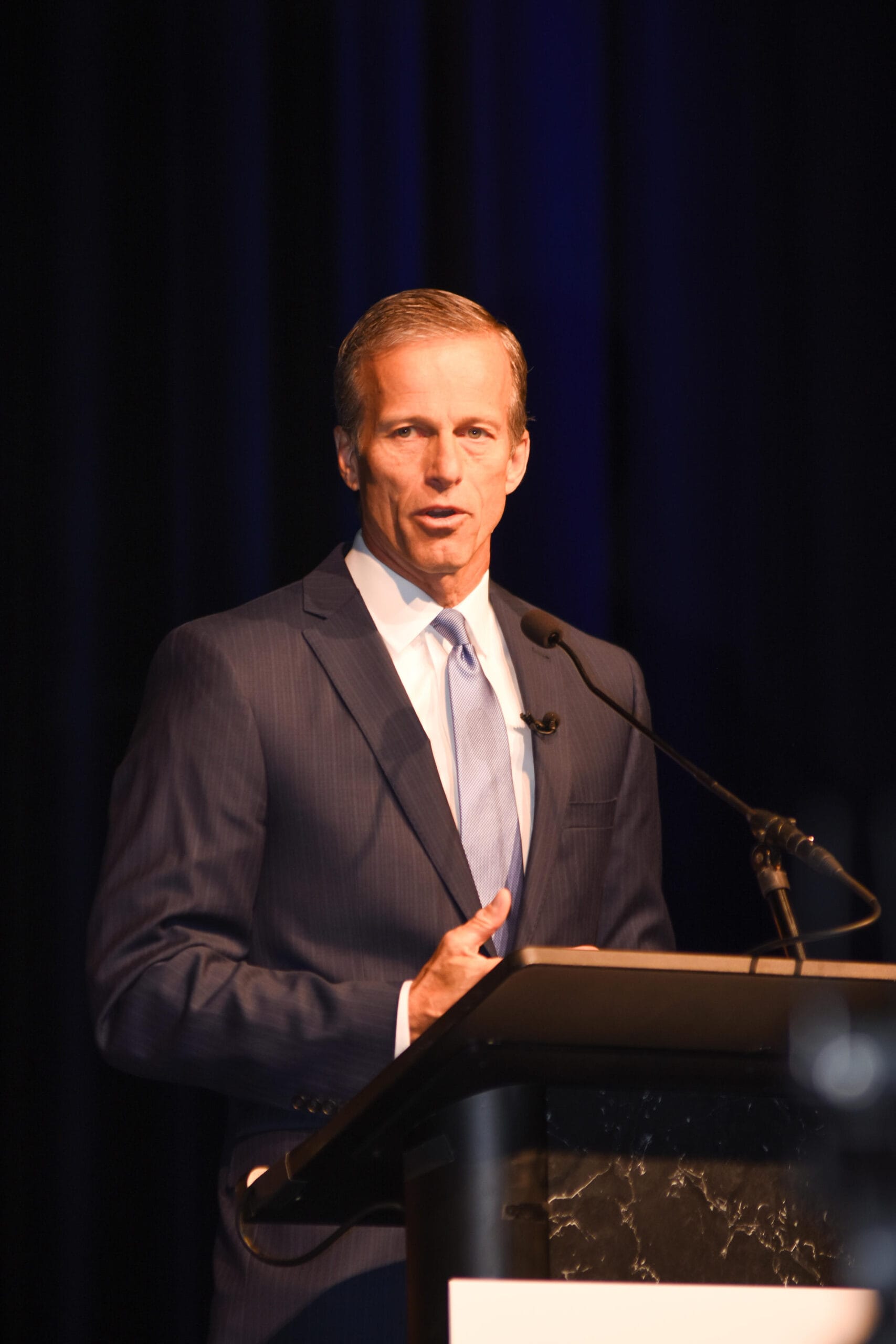Over the past few years, the dynamics of migration patterns in the United States have evolved significantly, prompting state and local governments to adapt in various ways. Democratic-led states, in particular, have been at the forefront of these discussions as they grapple with housing a growing number of migrants amid changing federal policies and public opinion. This situation has highlighted the importance of developing comprehensive solutions that address both immediate and long-term housing needs for migrants while also considering the impacts on local communities.
One of the main challenges faced by these states is the sheer volume of migrants arriving, often fleeing crises in their home countries or seeking better economic opportunities. This influx has coincided with a backdrop of limited affordable housing options in many urban areas. As cities such as New York, Chicago, and Los Angeles have noticed an increase in migrant populations, the existing housing stock has often struggled to keep pace with demand. High rental prices and low vacancy rates have made it increasingly difficult for newcomers to secure stable living arrangements.
The situation has also been complicated by conflicting views on immigration policy. While many Democratic-led states endorse more inclusive approaches to immigration, the national landscape has seen heightened tensions over the issue. Some states have opted to declare themselves “sanctuary states,” promoting policies that protect immigrants, while others have taken more restrictive measures. This divergence has fueled ongoing debates about the role of state versus federal authority in managing immigration and housing.
In response to these challenges, several Democratic-led states have implemented emergency measures to expand housing options. Temporary shelters and short-term accommodations have been established to provide immediate relief for migrants. Many local governments have sought partnerships with non-profit organizations to enhance resources and support services for newcomers. However, these solutions are often constrained by funding limitations and the availability of suitable locations for new housing projects.
Simultaneously, lawmakers are exploring long-term strategies aimed at improving the affordable housing crisis that affects not just migrants but also low-income residents in these states. This includes zoning reforms to facilitate the construction of new housing units, investment in affordable housing developments, and initiatives to provide financial assistance to those most in need. During this process, it remains vital for policymakers to ensure that the interests of both migrants and low-income citizens are addressed collectively.
Amid these discussions, community responses vary. Some local residents welcome migrants, viewing them as an essential part of the workforce and contributors to the economy. Others express concerns about overcrowding, resource allocation, and the overall impact on public services. These differing perspectives necessitate ongoing dialogue between state officials, community leaders, and residents to ensure that migration is managed in a way that promotes inclusivity and cohesion.
Another element essential to addressing the housing crisis for migrants is the need for comprehensive federal support. State and local governments often find themselves navigating a complex web of funding streams, grants, and policy directives from the federal government. As resources are allocated, the desires and needs of migrants can sometimes become marginalized, leading to gaps in the services available to them. A collaborative approach between all levels of government may help to create a more cohesive system for managing these challenges.
In addition to addressing housing needs, states are also tasked with providing access to essential services for migrants. Ensuring that newcomers can access healthcare, education, and employment opportunities is vital for their successful integration into communities. Partnerships with local service providers, schools, and employers can help bridge the gap and provide migrants with the tools and support they need to thrive in their new environments.
Looking ahead, the experience of Democratic-led states in housing migrants may serve as a case study for other regions grappling with similar challenges. As the global landscape continues to shift, with migration flows increasing due to socioeconomic and environmental factors, the need for adaptable policies and practices will become ever more evident. Ensuring that the lessons learned in one jurisdiction can inform broader approaches will be critical for success in addressing these complex issues.
In conclusion, the struggle to house migrants in Democratic-led states has illuminated many of the underlying challenges within the broader context of housing and immigration policy. With mounting pressures from both local communities and the needs of newcomers, effective solutions will require a concerted effort across all levels of government and within society as a whole. Building bridges between different groups, ensuring adequate resources, and putting people’s needs first will ultimately lay the foundation for enduring success.



